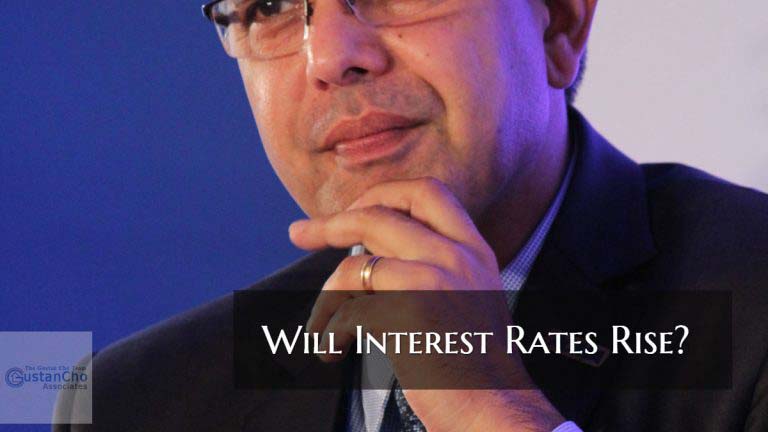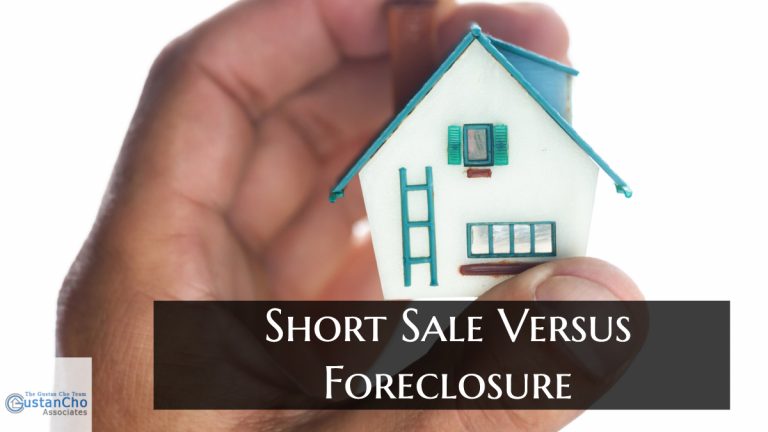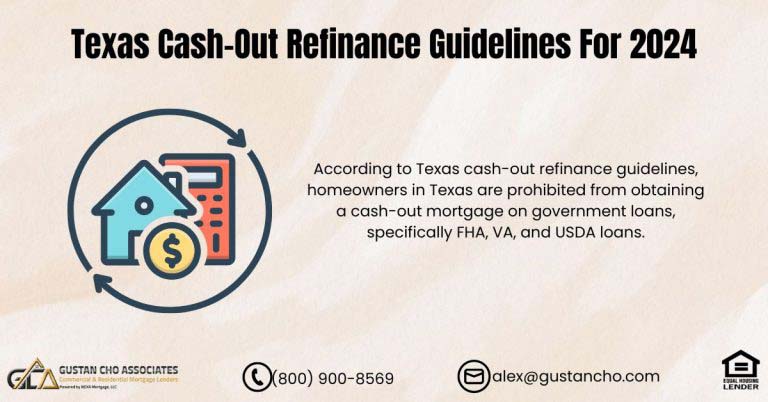This guide will cover the rise in mortgage rates for seven consecutive weeks with no sign of a correction. Mortgage rates rise again for seven consecutive weeks, without signs of turning back. Mortgage rates hit record highs in April. Instead of a rate correction, rates increased in April to set all-time highs. Common sense dictates that if mortgage rates spike up in a short period of time, they rebound like the stock market. However, that is not the case. Many mortgage loan borrowers have held off locking their mortgage rates in anticipation of them rebounding. Still, we are stuck with mortgage rates of over 7.0%. This article will discuss mortgage rates and how they affect the housing market.
Comprehensive Guide on Mortgage Rates Rise Over the Past Seven Weeks
Over the past seven weeks, mortgage rates in the United States have shown a steady upward trend, with no immediate signs of correction. As of July 2, 2025, the average 30-year fixed mortgage rate stands at approximately 6.74% according to Zillow, with other sources like Freddie Mac reporting similar figures around 6.77%. This marks a significant shift from the lower rates observed earlier in the year, impacting homebuyers, homeowners, and the broader housing market. This guide explores the reasons behind this persistent rise, the economic factors at play, and the implications for prospective borrowers, supported by recent financial data.
Mortgage Rates Up Again—Here’s What You Can Do
Seven straight weeks of rising rates can impact your payments. Let us help you lock in a rate or explore options.
Overview of Mortgage Rates Rise: Trends on Rates
Mortgage rates have been on a volatile trajectory over the past year. After peaking at a 23-year high of 7.79% in October 2023, rates briefly dipped to 6.08% in September 2024 before climbing back above 7% by the end of 2024. In recent weeks, rates have stabilized in the mid-to-high 6% range, with some fluctuations driven by economic events. For instance:
- July 2, 2025: The average 30-year fixed mortgage rate is reported at 6.74% (Zillow) and 6.77% (Freddie Mac).
- June 26, 2025: Rates fell to 6.77%, the lowest since early May, after four consecutive weeks of decline.
- April 2025: Rates surged past 7%, reaching 7.1% due to bond market volatility tied to tariff policies.
Despite occasional dips, rates have held steady or inch upward for the past seven weeks, with no significant correction to lower levels. This persistence contrasts with earlier expectations of a decline toward 6% or below in 2025.
Factors Driving the Recent Rise in Mortgage Rates
Several economic and policy-related factors have contributed to the sustained increase in mortgage rates over the past seven weeks:
Bond Market Dynamics and Treasury Yields
Mortgage rates closely track the 10-year Treasury note yield, a benchmark for pricing home loans. Over the past seven weeks, Treasury yields have remained elevated, fluctuating around 4.28% as of late June 2025, down slightly from 4.58% a few weeks prior. Key drivers include:
- Tariff-Induced Volatility: In April 2025, President Donald Trump’s tariff announcements spiked bond yields, pushing mortgage rates above 7%.
- Although yields later moderated when tariffs were adjusted, the market remains sensitive to trade policy uncertainties.
- Investor Expectations: Bond market investors expect persistent inflation and economic resilience, which elevates yields—and thus mortgage rates.
Federal Reserve Policy and Inflation Concerns
The Federal Reserve’s monetary policy significantly influences mortgage rates, albeit indirectly. Recent developments include:
- Hold on Rate Cuts: The Federal Reserve, led by Chair Jerome Powell, has adopted a cautious “wait-and-see” stance on interest rate cuts, as noted in Powell’s June 24, 2025, congressional testimony.
- The Fed’s decision to maintain the federal funds rate reflects concerns about lingering inflation and mixed economic indicators.
- Inflation Pressures: Persistent inflation, potentially exacerbated by trade tensions or unexpected economic strength, has reduced expectations for near-term rate cuts.
- If inflation remains above the Fed’s 2% target, mortgage rates will likely stay high or rise further.
Economic Resilience
A stronger-than-expected U.S. economy has contributed to upward pressure on rates. Recent data, such as a stable labor market with 139,000 job gains and a 4.2% unemployment rate, suggests economic robustness. This resilience reduces the likelihood of aggressive Fed rate cuts, keeping borrowing costs elevated.
Geopolitical and Trade Uncertainties
Global events, including ongoing trade tensions and geopolitical developments, have injected volatility into financial markets. For example:
- Tariff Policies: The introduction and subsequent adjustment of tariffs in April 2025 caused significant bond market fluctuations, directly impacting mortgage rates.
- Global Economic Signals: International trade dynamics and geopolitical agreements, such as the Iran-Israel ceasefire noted in June 2025, influence investor sentiment and bond yields, indirectly affecting mortgage rates.
Mortgage-Backed Securities (MBS) and Fed Balance Sheet
The Federal Reserve’s management of its balance sheet, particularly its handling of mortgage-backed securities (MBS), plays a role in rate movements. As the Fed reduces its MBS holdings, it exerts upward pressure on mortgage rates, as noted in recent financial analyses. This trend has been evident over the past seven weeks, contributing to the lack of a downward correction.
Why No Signs of Correction after Mortgage Rates Rise?
The absence of a significant correction in mortgage rates over the past seven weeks can be attributed to the following:
- Market Stabilization: After a period of volatility, rates have settled into a range of 6.7% to 6.8%, reflecting a market adjustment to current economic conditions.
- Sources indicate that this stabilization may persist unless significant new data emerges.
- Lack of Aggressive Fed Action: The Federal Reserve’s reluctance to cut rates and focus on inflation control limits downward pressure on mortgage rates.
- Powell’s testimony suggests no immediate policy shift.
- Persistent Economic Strength: Stable job growth and consumer confidence, evidenced by a 10% week-over-week increase in mortgage-purchase applications, indicate sustained demand for loans despite higher rates.
- This demand supports lenders’ ability to maintain elevated rates.
- Home Price Pressures: Rising home prices, with the median national home price at $422,800 in May 2025, continue to strain affordability.
- The “lock-in effect,” where homeowners with lower-rate mortgages avoid selling, reduces housing supply, indirectly supporting higher rates by limiting market competition.
Implications for Homebuyers and Homeowners
The sustained rise in mortgage rates has significant implications:
- Affordability Challenges: Higher rates increase monthly payments, making homeownership less accessible.
- For a $400,000 mortgage, a 1% rate increase adds approximately $250 to monthly payments.
- Lock-In Effect: Homeowners with lower-rate mortgages (e.g., sub-4% from the pandemic era) are reluctant to sell, reducing inventory and driving up home prices, which compounds affordability issues.
- Refinancing Trends: Refinancing applications rose 3% week-over-week in late June 2025, but overall activity remains subdued as many borrowers wait for lower rates that may not materialize soon.
- Market Activity: Home sales in May 2025 were the slowest in 16 years, despite a 20% increase in available homes, as high rates deter buyers.
Strategies for Navigating Mortgage Rates Risa
For prospective homebuyers and homeowners, the following strategies can mitigate the impact of elevated rates:
- Shop Around for Rates: Rates vary by lender. Comparing offers from multiple lenders can secure a lower rate, potentially saving thousands over the life of the loan.
- Improve Financial Profile: Borrowers with a strong credit score (740 or higher) and low debt-to-income ratio can qualify for better rates.
- Consider Adjustable-Rate Mortgages (ARMs): ARMs, such as the 5/1 ARM with a current average rate of 6.08%, offer lower initial rates than fixed-rate mortgages, suitable for those planning to sell or refinance within a few years.
- Explore Creative Financing: Options like assumable mortgages or lender credits can reduce costs.
- Buyers should also consider expanding their search to less competitive neighborhoods.
- Plan for Refinancing: If rates decline in the future (e.g., to 5.5%-6.0% by late 2027, as forecasted by some analysts), refinancing could lower payments.
Rising Mortgage Rates? Protect Your Bottom Line
Stay ahead with expert advice on rate locks, refinance timing, and budget planning.
Future Outlook on Mortgage Rates Rise
While some analysts predict a potential decline in mortgage rates to 5.5%-6.0% by late 2027, several factors could delay or prevent this:
- Persistent Inflation: If inflation remains sticky, the Fed may delay rate cuts, increasing mortgage rates.
- Economic Growth: Continued economic strength could sustain higher yields and rates.
- Geopolitical Risks: Unexpected global events could increase market volatility, impacting rates.
However, a slowing economy or successful inflation control could lower rates, particularly if the Fed signals rate cuts in late 2025 or 2026. The market is holding, with rates likely to remain in the 6.7% -7 % range soon.
The rise in mortgage rates over the past seven weeks reflects a complex interplay of economic resilience, Federal Reserve policy, bond market dynamics, and geopolitical factors. With no immediate signs of correction, prospective homebuyers and homeowners must navigate a challenging market characterized by high borrowing costs and rising home prices. By understanding these drivers and adopting strategic approaches, borrowers can better position themselves in this high-rate environment. Monitoring Federal Reserve actions, bond yields, and economic indicators will be crucial for anticipating future rate movements.
FED Chairman Jerome Powell Speaks Out!
After Fed Chairman Jerome Powell spoke last week, mortgage rates rose to an 18-month high, with financial experts predicting higher mortgage rates soon. Mortgage rates rise based on the MBS, mortgage-backed securities traded on the New York Stock Exchange. Right after Fed Chairman Jerome Powell spoke last week, Mortgage-Backed Securities plummeted 120 basis points, which set the biggest single-day decrease. Lower Mortgage-backed securities prices mean higher mortgage rates
Mortgage-Backed Securities And Mortgage Rates Rise
In the past several years, mortgage-backed securities have steadily remained high, keeping mortgage rates low due to the Federal Reserve Board’s bond purchase program. Due to the Fed bond purchase program, the Federal Reserve Board purchases mortgage-backed securities every month. The main reason mortgage rates rise is that investors were extremely concerned that the Federal Reserve Board would end the buyback of mortgage-backed securities.
Federal Reserve Board And Mortgage Rates Rise
Federal Reserve Board Chairman Jerome Powell indicated that the Fed might end the bond purchase program sooner than expected. This sent mortgage rates rising day after day without any relapse. The Fed forecast economic growth and better unemployment shortly
Will Mortgage Rates Rise In Upcoming Weeks?
Will mortgage rates rise in the upcoming weeks? Will mortgage rates drop? A continuous rise in mortgage rates will hurt home sales for sure. Many of those who qualify for a particular loan will no longer qualify for the same mortgage amount. The way things are looking is that mortgage rates in the 3.0%’s will soon become obsolete, and the new base will be mortgage rates in the 7.0%’s, if not the 6.0 %. For those who have not locked their mortgage rates in the past seven weeks, are now paying the price
Stay tuned!
Mortgage Rates Have Been Up 7 Weeks—Act Now
Waiting could cost you more. Let us run the numbers and help you make an informed move.










